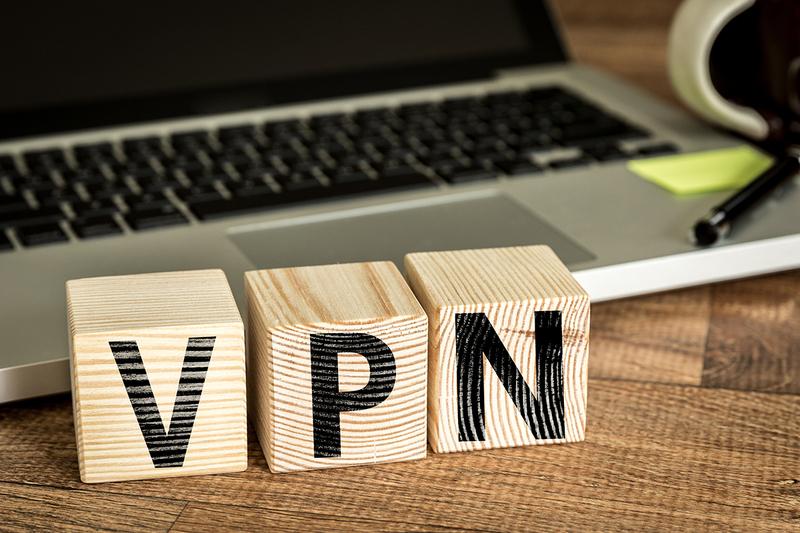3 Easy Ways To Share P2P Files Safely

Peer to Peer file sharing, more commonly known as P2P, has a bad reputation, mostly unfairly. Most people assume that if you are using P2P you are sharing copyrighted materials such as movies, tv shows or music.
However P2P has a wide variety of uses in both business and personal life.
What is P2P file sharing?
P2P sharing works by creating a network between various computers using the same program or website. This allows you to search for programs on other computers on the network.
P2P allows you to break up files into smaller chunks and download them from various sources at faster speeds than downloading the entire file.
In fact P2P was originally created to allow users who had faster download speeds than upload speeds to help with content sharing.
P2P allows any content creator to distribute their content as widely as any big content publisher.
The Benefits Of Using P2P
There are a variety of benefits to P2P sharing in both business and personal use.
The two most important are:
• Speed. Because of the chunking used in P2P downloads, files can be transferred way faster than using uploading services such as Dropbox. The added speed helps you get your content distributed faster and allows you to gauge a real response from actual peer users.
• Scope. Because of the speed associated with P2P and the network created, you can distribute your content whether it’s music, photos, or even written documents to a markedly wider range of users than could find it on social media or your own website. This added scope essentially allows you to act as your own publisher. To use a music example, if you created a CD you would have to distribute it by sending it out to one person at a time or trying to sell it in person. Whereas with P2P services you are able to distribute it to an entire network of thousands or more instantly. This added scope can be the difference between success and failure.
The Dangers of P2P
As with any internet tool, there are some dangers associated with P2P sharing.
The most common problem when using P2P occurs when trading in copyrighted materials. The Motion Picture Association of America or MPAA, has spent millions of dollars and even recruited law enforcement officers to catch those individuals pirating copyrighted movies. I highly recommend that you do not traffic in copyrighted materials. If you stay away from copyright infringement you decrease the dangers of P2P sharing by at least 50%.
The second most common danger with P2P is malware attacks. Because P2P sharing is labeled by individuals, not corporate entities, files are not always what they are say they are. This means that when you open the file up you could be exposing your computer to viruses, Trojan horses or worse. There have even been examples of individuals being blackmailed through files they downloaded on P2P programs. I highly recommend using a virus scanner or malware detector with every file you download from P2P services.
One last danger of P2P sharing is that using P2P programs exposes some of your information to those using the same program, most notably your IP address. This information can then be used to identify you to third parties. I’ll talk about how to stay anonymous while file sharing in just a minute.
Now that we know the pros and cons of P2P let’s talk about how to use it safely.
3 Easy Ways To Make P2P File Sharing Safe.
• Use a VPN. The easiest way to make your information safer when using a P2P program is to first encrypt your information using a virtual private network. A VPN allows you to keep your IP address hidden or use an entirely new one making you virtually anonymous. For more info see this article on Lifehacker. There are a wide variety of VPN services available online to fit any budget or usage.
• Use clean sites. While you can use Bittorrent and even sketchier sites like PirateBay to trade completely legitimate files, it carries more of a risk. Those kind of sites that specialize in trading copyrighted materials are a haven for hackers, scammers and worse. If you’re going to be trading non copyrighted materials as I recommended earlier, one of the best sites to use is publicdomaintorrents. By using clean sites you keep yourself safe from accidentally downloading copyrighted materials or worse. There are horror stories of users downloading files they thought were one thing then finding themselves with a computer full of illegal/explicit materials.
• Use Peer Feedback. One of the great benefits to P2P sharing is the peer network that comes along with the service. Not only can you check comments to find out if files are mislabeled or corrupted, and use chat to get an idea of what users are legit, but you can also use services like Peerblock. Peerblock is an IP blocking program which keeps an updating list of “bad” IP addresses from eavesdroppers to hackers. When you use Peerblock it allows you to automatically block these IP addresses to the point that your computer will automatically shut down if it encounters one of these potentially dangerous accounts.
In this article I have broken down what P2P sharing is, the benefits and dangers of it and 3 easy ways to keep yourself safe while sharing files on P2P sites or programs.
You now have all the information you need to use this incredible tool safely.
Happy sharing!



